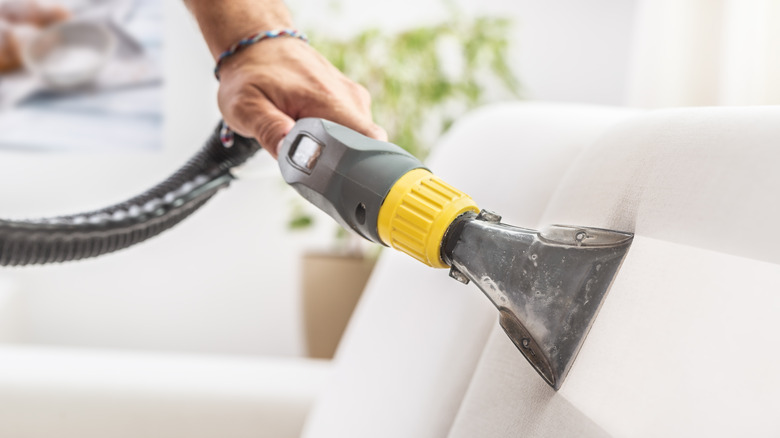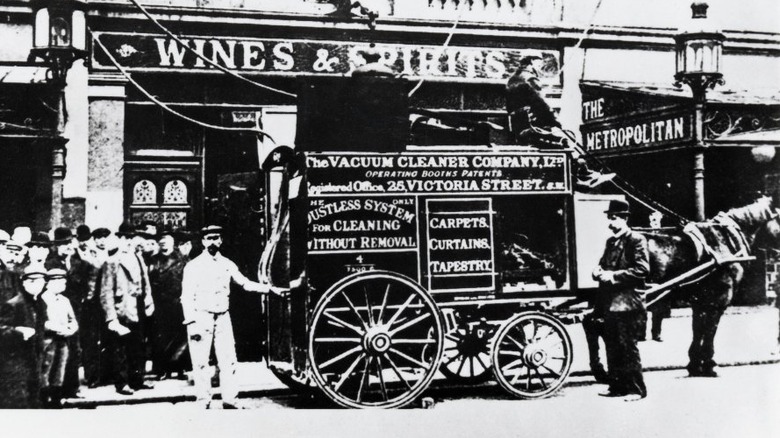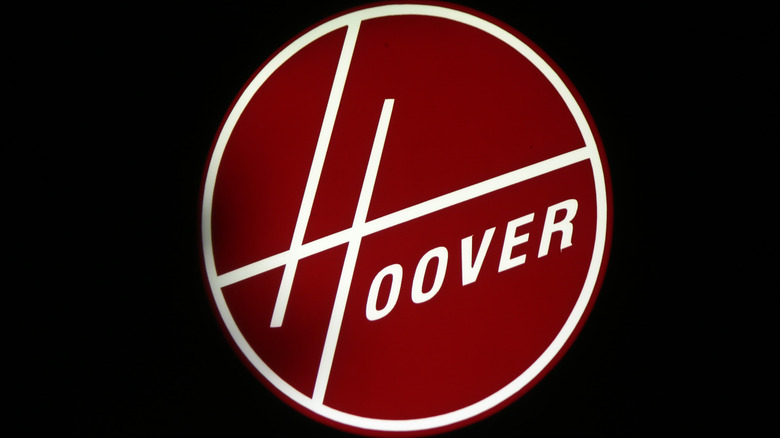Why The First Vacuum Cleaners Were Actually Horse-Drawn
The inexorable march of technology is both incredible and a little frightening. Something that was once in everyday use, like a tape cassette or vinyl record, is now relegated to the annals of obsoletism. Technology is generally superseded and then looked upon with bafflement by a new generation.
Two major focuses of new devices have been form and convenience. In the 1990s, many PCs in use were about as large as the average studio apartment. Today, smartphones have a myriad of functions than such systems could never have dreamt of having, and in a neat, slimline case to boot.
Vacuum cleaners are another fascinating case study. Compact devices are available that glide along floors and come equipped with all manner of dust-busting attachments to reach every possible crevice of a home (in theory, at least). Naturally, though, this wasn't always the case. When the vacuum cleaner was newly invented, it was so enormous that it had to be pulled by horses.
The secret weapon against household grime: horses
The task of keeping homes clean has been a constant struggle for humanity, and we've steadily developed more and more ways to make such household tasks easier. As Britannica reports, the middle of the 18th century saw one such innovation: a device for cleaning rugs and carpets without the time-consuming and exhausting physical labor the job had previously required. The inspiration for this new sweeper was reportedly a street sweeper, which was then pulled by horses. Britannica goes on to say that the vacuum cleaner arrived for sale some decades later, in 1908.
According to Science Museum, noted engineer Hubert Cecil Booth started to devise the concept of a cleaning device that filtered away dust and mess in 1901. That year, it seems, a London innovator demonstrated a cleaning device, but it simply blew air. The result was that the machine distributed more mess than it deposited in the waste bag attached. Booth's masterstroke was in developing a way to extract dust and dirt, which he did within a couple of years.
Booth's vacuum cleaner, Science Museum goes on, was a brightly-colored horse-drawn machine. It arrived outside homes and worked via a sophisticated system of tubes that were taken into the house by the machine's operators. Its motor thundered into life, and onlookers watched as the messy waste collected in the machine.
The dawn of the vacuum cleaning giant
The hefty machine, according to BBC News, was nicknamed the Puffing Billy. Elegant it was perhaps not, but it soon proved to be effective. BBC News goes on to report that Booth cleaned Crystal Palace using the device. To do so, a fleet of no less than 15 Puffing Billys were used. Over the course of a month, they reportedly removed 26 tonnes of accumulated dirt and dust from the beautiful building.
What people needed, however, was a reliable cleaning system that didn't require horses and could actually fit into homes. The pioneer for such a thing was James Spangler, who reportedly rigged together a pillowcase, a rudimentary motor, and a soapbox in 1907, as ThoughtCo writes. Given some refinement, it could be fitted with attachments for different surfaces, and the Electric Suction Sweeper Company began.
Spangler would sell the patent for his device to the Hoover Company's William Hoover, who was married to Spangler's cousin. It proved a huge boon for the company, and the Hoover name went on to become synonymous with vacuum cleaners. Since then, they have gone on to receive a century's worth of further refinements and updates, but Booth's marvelous machine (and his hard-working horses) paved the way for it all.


